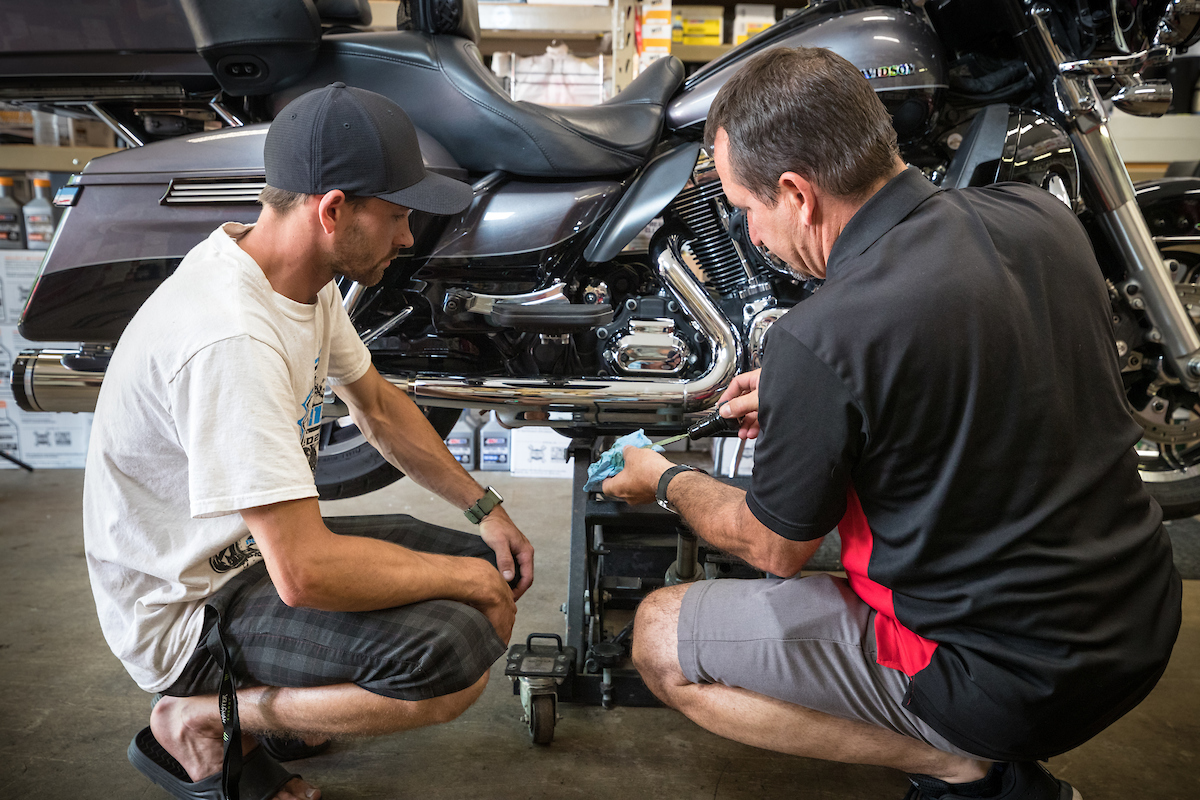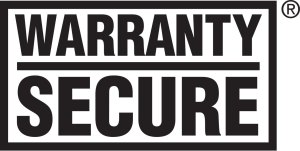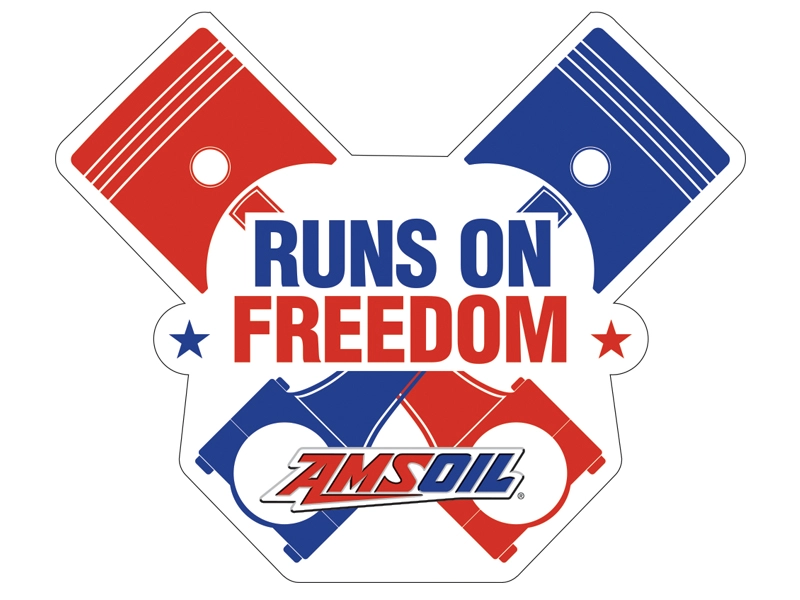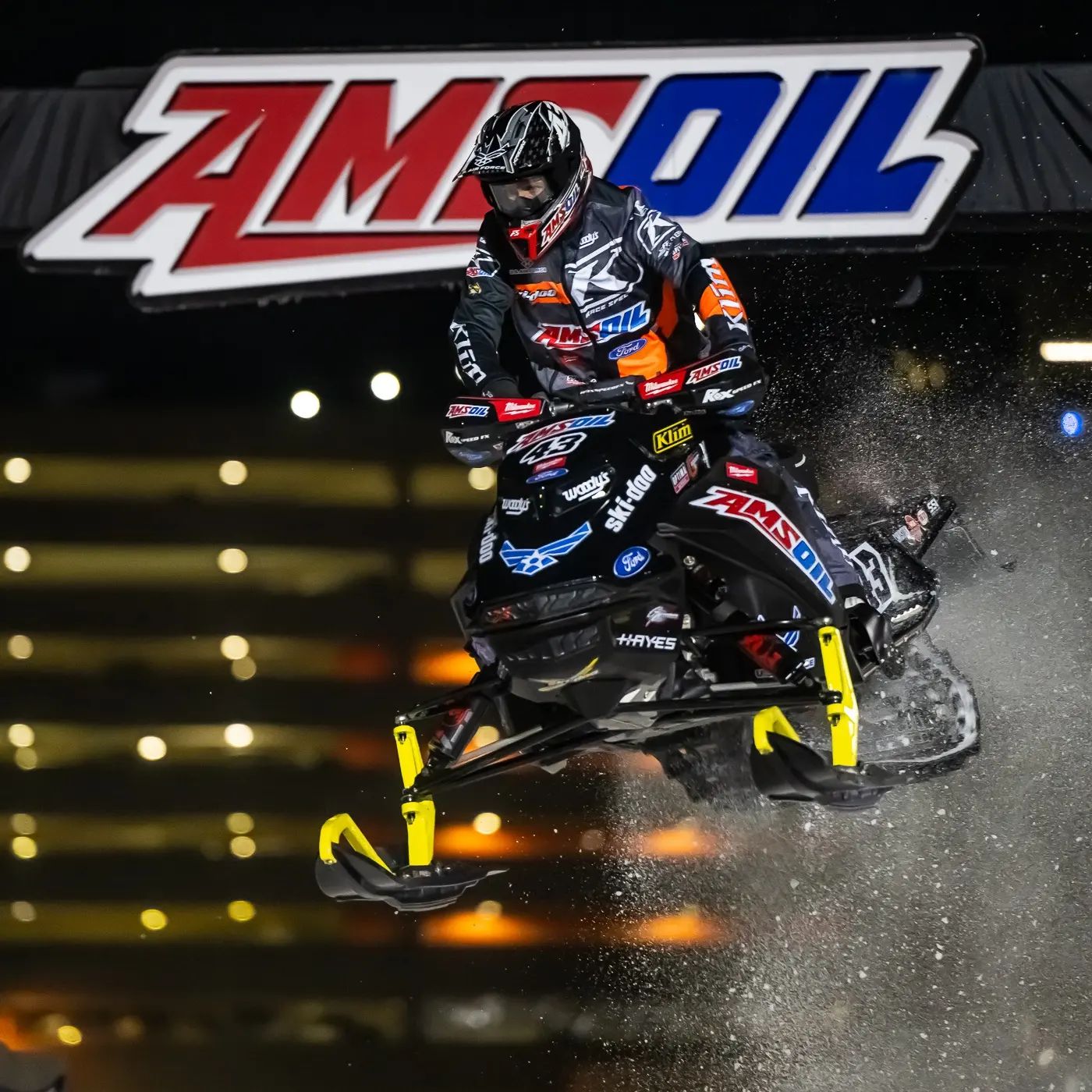Protect Your Firearms and Improve Their Reliability
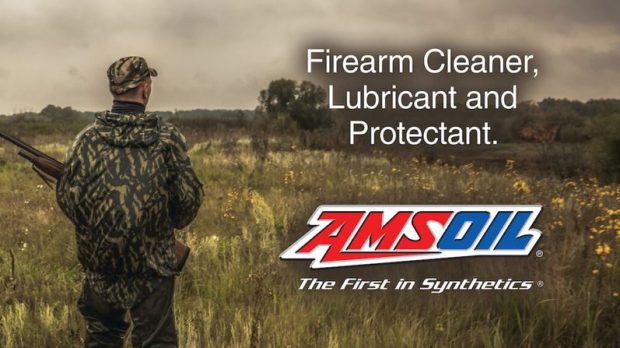
 _by David Hilgendorf | September 29, 2023
_by David Hilgendorf | September 29, 2023
One in three Americans owns a firearm, and they need their guns to perform flawlessly when called upon. The moving parts on firearms must be cleaned and lubricated to ensure top performance and long life. It’s important to perform regular maintenance on your firearms to improve their reliability and protect them whether in use or in storage.
In an emergency you need your firearm to be without issues so you can easily take care of business.
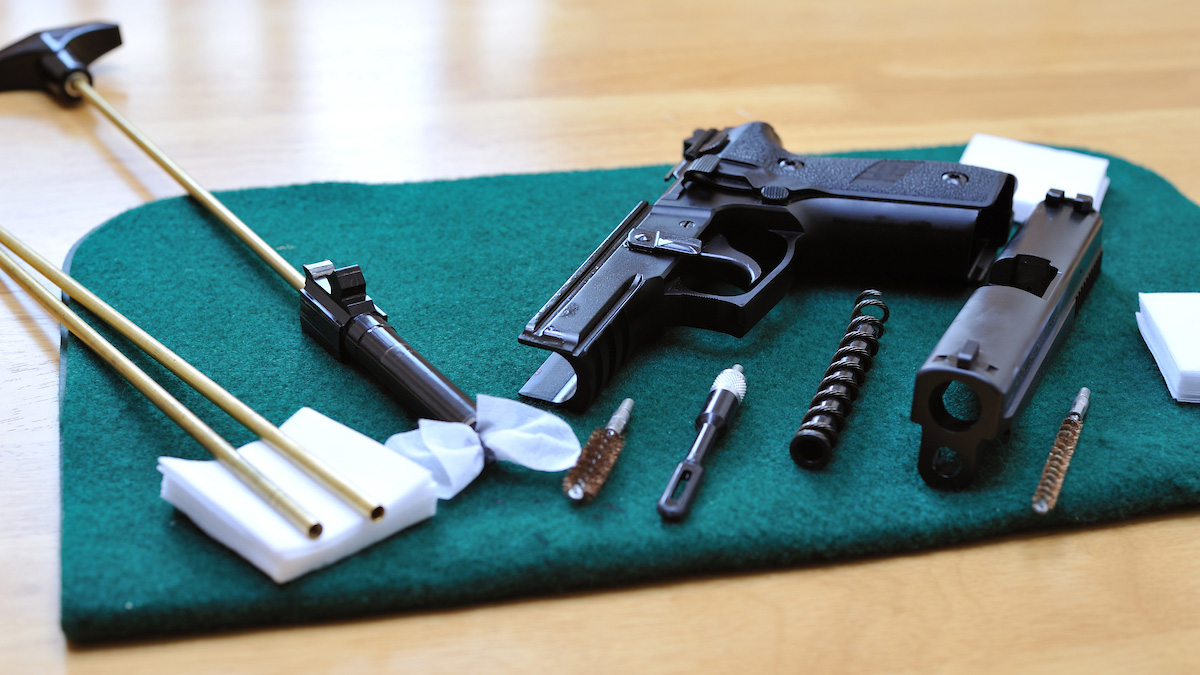
Firearm owners typically fall into at least one of three categories.
- Hunters typically own shotguns to hunt waterfowl or upland birds and rifles to hunt larger game.
- Collectors and Sport Shooters own diverse types of firearms for recreational shooting, including shotguns, rifles and handguns.
- Firearms Professionals & 2nd Amendment Patriots, including citizens tired of crime, open borders, ex military, law enforcement, gunsmiths and firearm safety instructors, work with diverse types of firearms as part of their job.

Nothing ruins a hunting trip or day at the shooting range quicker than a malfunctioning firearm. Firearms are often stored for extended periods and then subjected to field use in all sorts of environmental conditions. Opportunities to clean and maintain your guns while on a remote hunting trip are rare.
Even worse – that criminal is breaking into your house or threatening you while you are in your car. Happens every day so you want that firearm to work when it’s desperately needed.
The best solution is to clean and protect your firearm after every use, to make sure it’s ready to go the next time you need it.
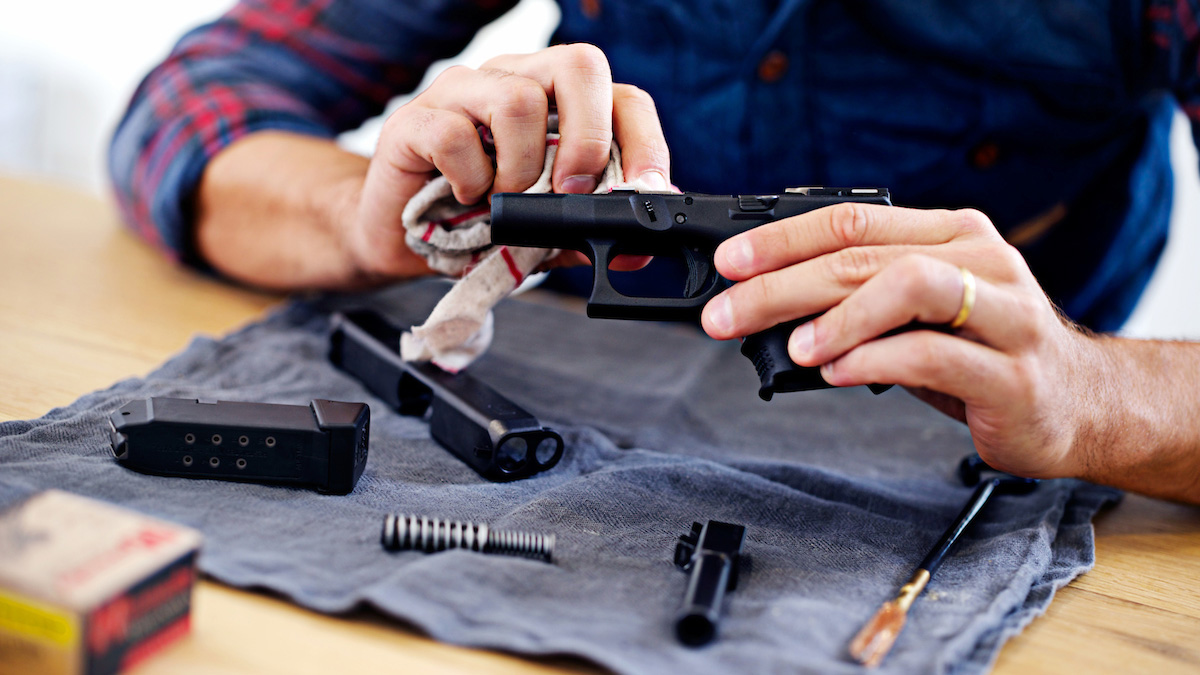
AMSOIL firearm products are designed to provide outstanding firearm protection in the most demanding conditions. We’ve performed extensive testing in a variety of handguns and long guns and in our chemical lab to ensure our products provide enhanced protection, performance and reliability and are compatible with all firearm materials.
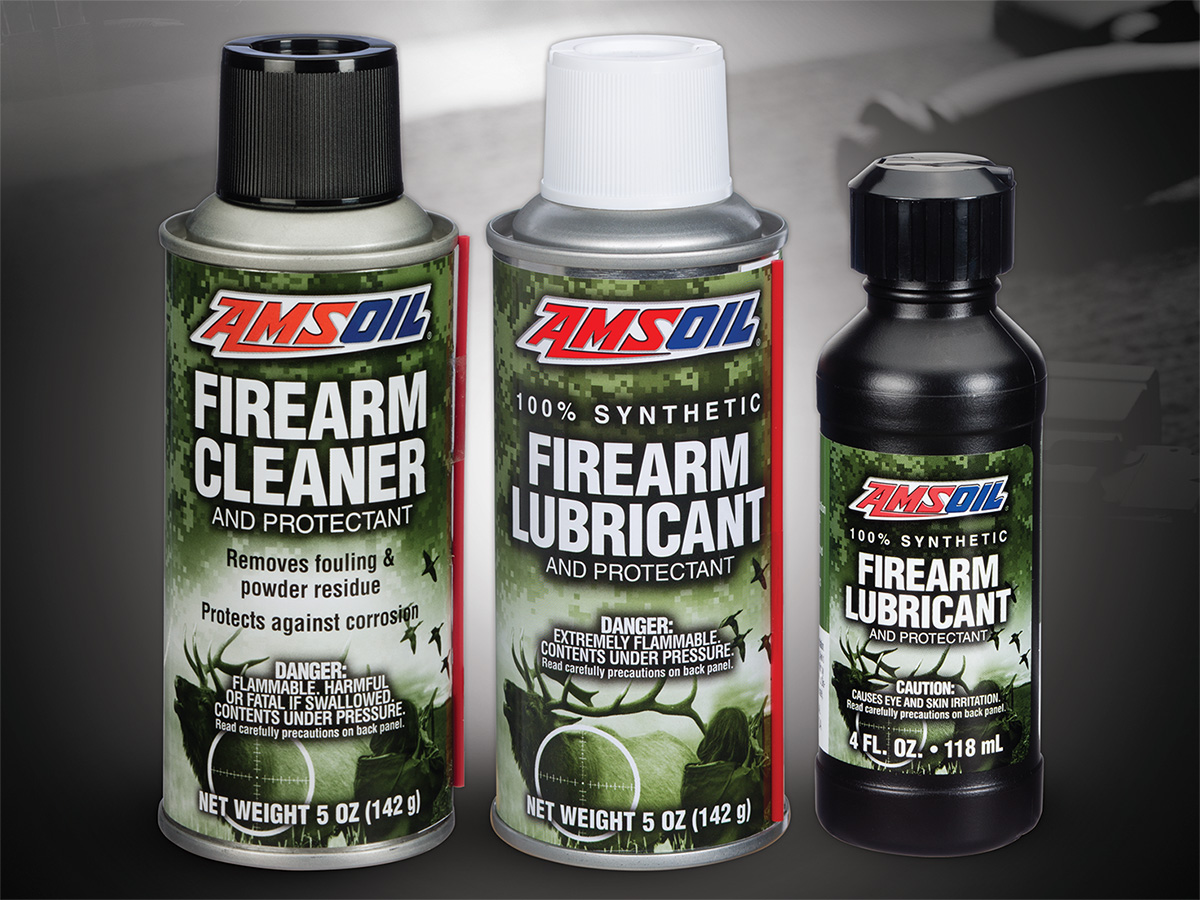
Clean, lubricate and protect
AMSOIL Synthetic Firearm Lubricant and Protectant guards against damaging corrosion better than a leading competitor’s product. It lubricates to prevent blockage, jams and wear, to extend gun life and help keep firearms working properly for generations.
- Outstanding performance in both hot and cold temperatures
- Lubricates and protects firearms to prevent blockage, jams and wear and help extend product life.
- Specifically formulated to provide superior performance in firearms
AMSOIL Firearm Cleaner and Protectant is an aerosol cleaner and protectant that penetrates deep into hard-to-reach components, effectively cleaning residue from all surfaces and protecting guns for safe long-term storage.
- Penetrates deep into hard-to-reach components
- Cleans fouling and powder residue from all firearm surfaces, reducing misfires and increasing reliability
- Protects guns against corrosion for safe storage and preserving performance, reliability and value
Applications
AMSOIL firearm products provide premium protection and performance in rifles, handguns and shotguns, and are safe to use on all metals, woods, composites and rubbers.


